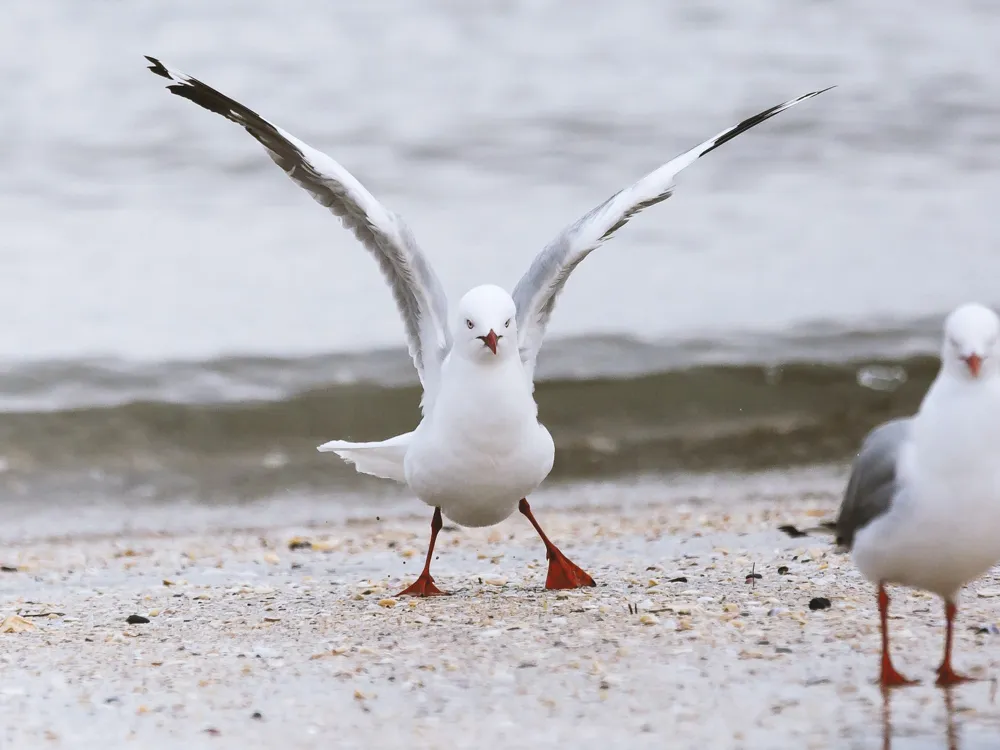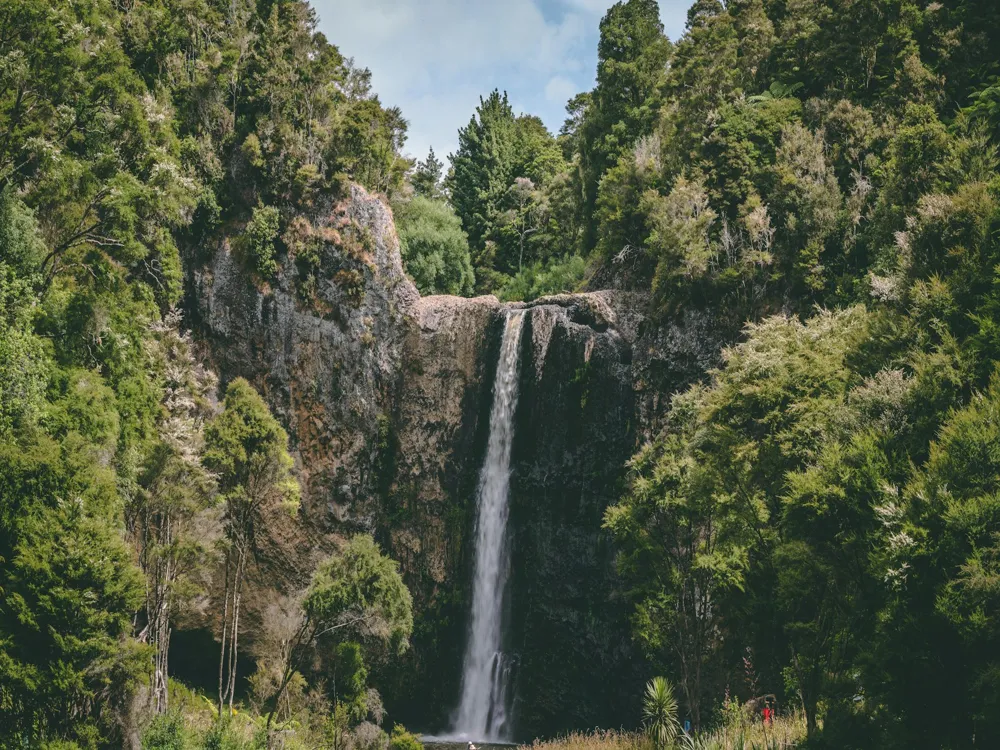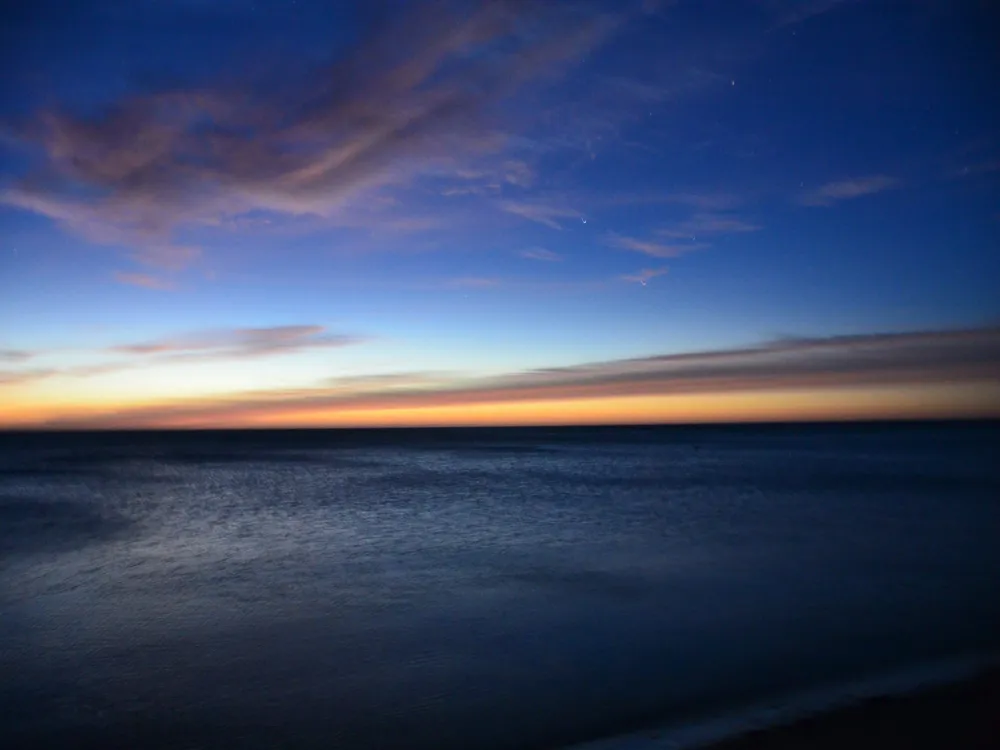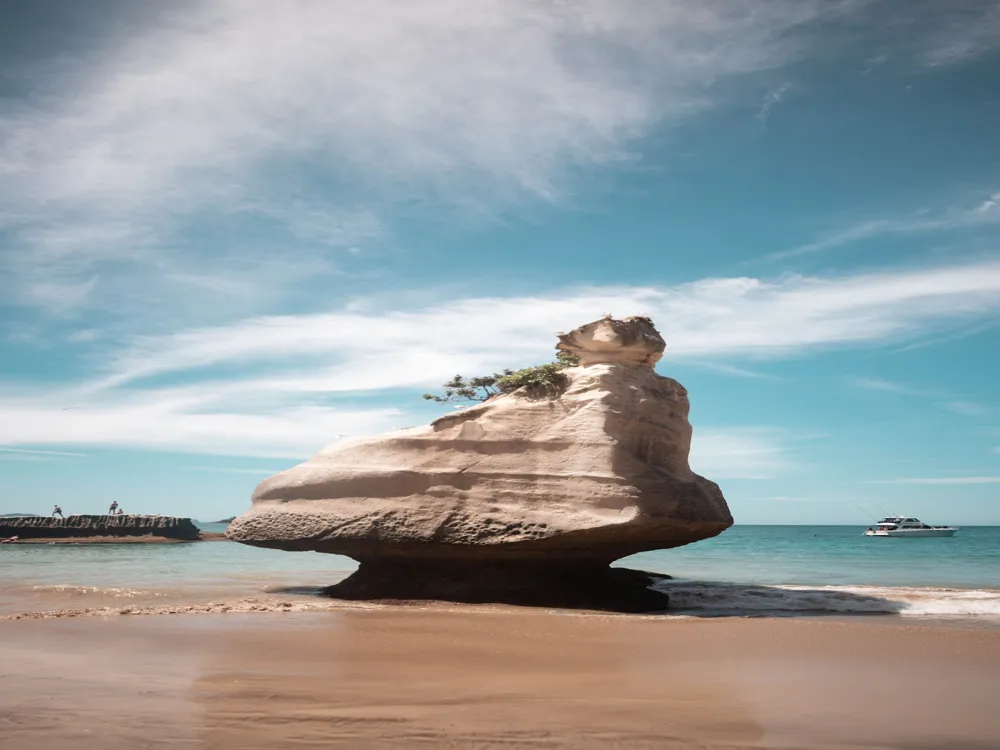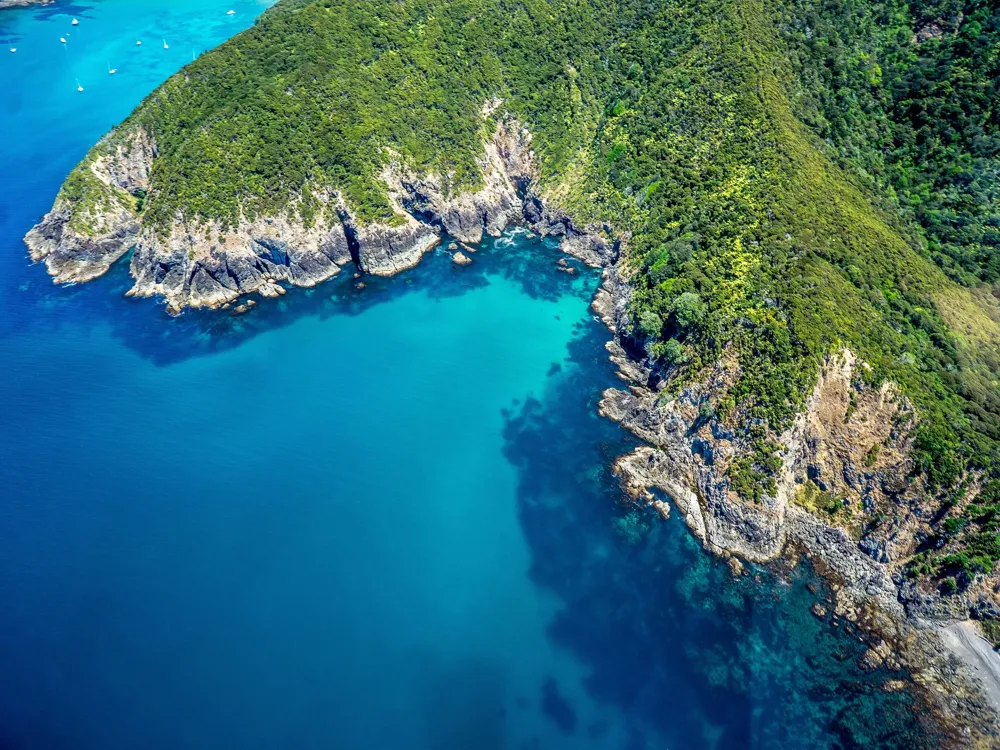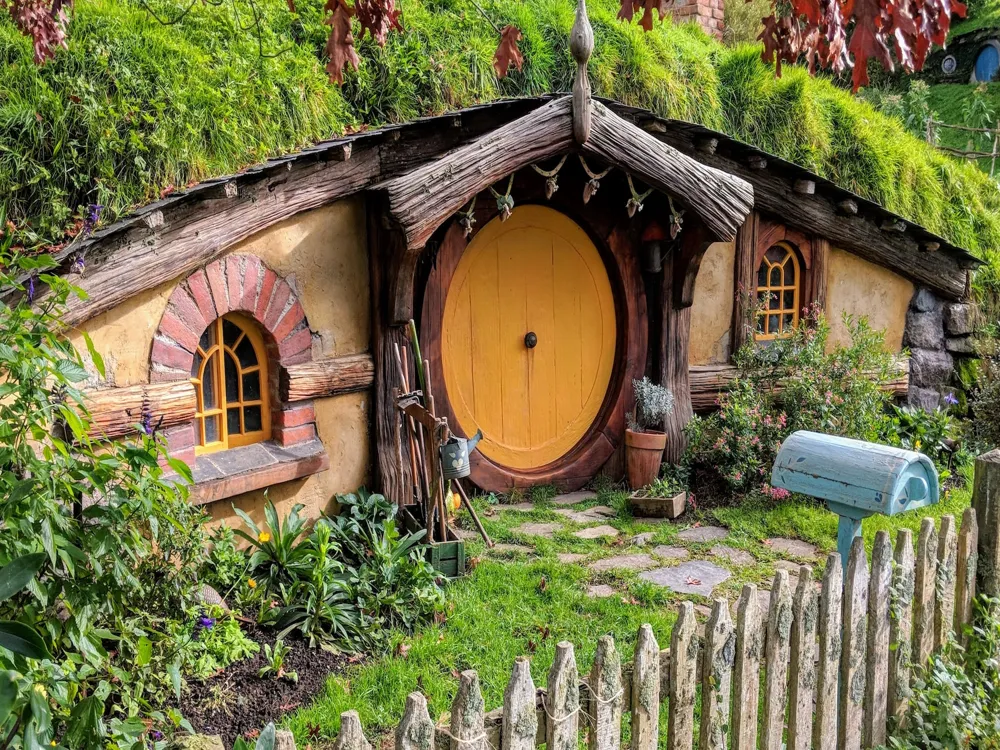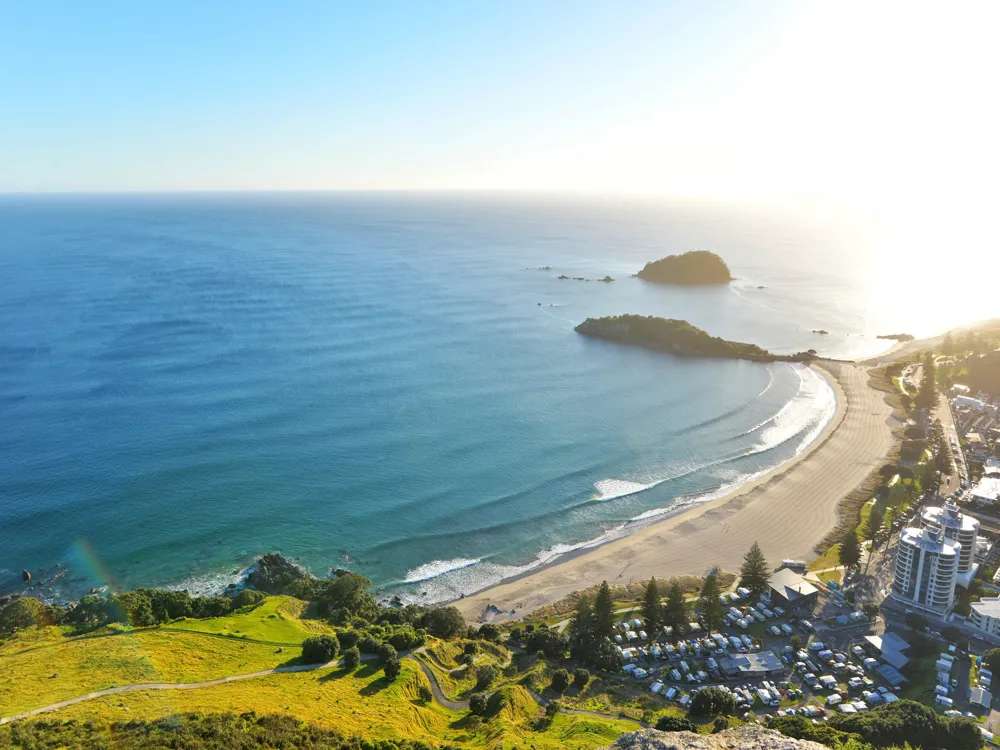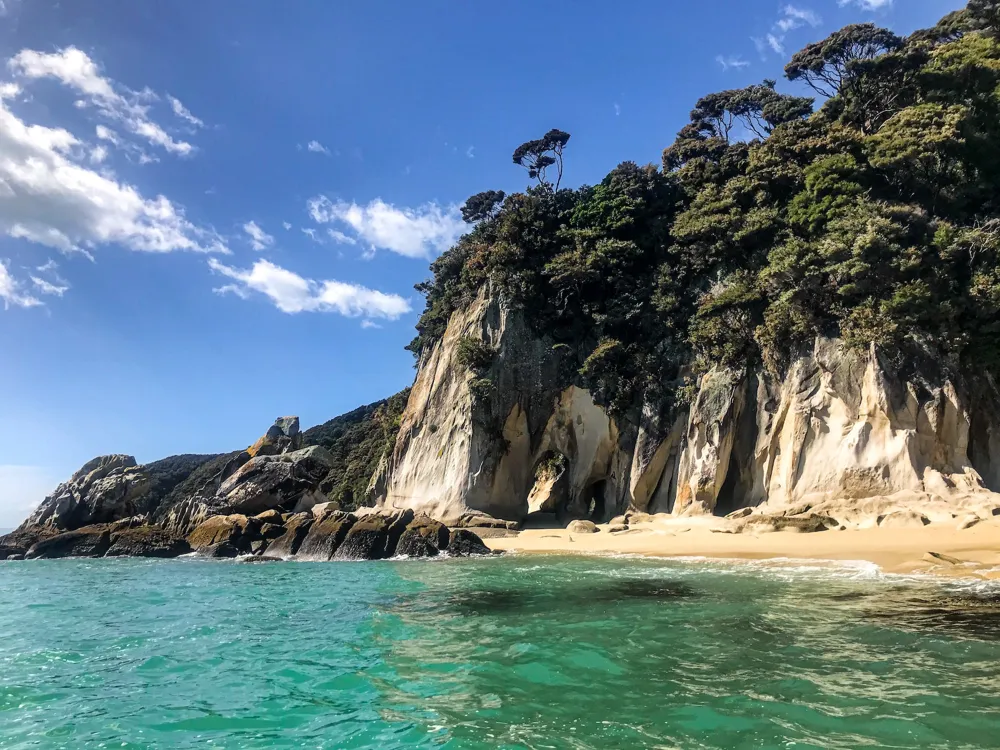Tiritiri Matangi Island, a lamp of conservation and ecological restoration, is nestled in the Hauraki Gulf of Auckland, New Zealand. This 220-hectare islet, formerly stripped of its native timber, has experienced a remarkable metamorphosis. Since the 1980s, levees have planted around 300,000 native trees, creating a lush haven for wildlife. The island's success story lies in its capability to balance conservation sweats with sustainable tourism, drawing nature suckers from around the world. Tiritiri Matangi Island's architecture is an emulsion of natural beauty and mortal imagination, blending seamlessly with its terrain. The structures on the islet are designed to minimize mortal impact while maximizing the experience of its natural splendor. The most notable architectural point is the Tiritiri Matangi Lighthouse, one of New Zealand's oldest lighthouses, which has been functional since 1864. Its major significance and classic design make it a cornerstone of both artistic and nautical significance. When planning a trip to Tiritiri Matangi Island, it's important to consider the ferry schedules, as access to the islet is primarily by boat. Reserving in advance is recommended, especially during peak seasons. Callers should also be apprehensive of the biosecurity measures in place to cover the island's delicate ecosystem, similar to checking gear for pests and seeds. Essential particulars for a trip to Tiritiri Matangi include comfortable walking shoes, rainfall-applicable apparel, and a camera to capture the islet's stunning foliage and fauna. It's also judicious to bring your own food and water, as there are limited installations on the islet. Sharing in a guided stint can greatly enhance your experience on Tiritiri Matangi. Knowledgeable attendants give perceptivity into the island's history and conservation sweats and point out colorful bird species and native shops you might otherwise miss. Visitors are encouraged to follow the principles of Leave No Trace, ensuring that they do not disturb the wildlife or damage the environment. Sticking to marked trails and not feeding the birds are part of these practices. Reaching Tiritiri Matangi Island is an adventure in itself. The most common way to get there's by taking a ferry from Auckland City, with services generally running daily. The trip offers stirring views of the Hauraki Gulf and takes roughly 75 twinkles. Private boat exemptions are also available for a more individualized experience. Upon arriving, callers are saluted by the stunning lookouts of the islet and the tranquil sounds of its native birdlife. READ MORE:-Overview of Tiritiri, Matangi Island, Auckland
The islet's name, Tiritiri Matangi, meaning' tossed by the wind' in Maori, hints at its rugged, windswept nature. Still, beyond its rainfall-beaten props lies a sanctuary that buzzes with the songs of rare and exposed catcalls. Species like the Takahe, Kokako, and Kiwi, which are floundering on the landmass, thrive there. The islet's birdlife is a testament to New Zealand's commitment to conserving its natural heritage. The absence of raptorial mammals has allowed these catcalls to flourish, turning Tiritiri Matangi into an ornithologist's paradise. Around 240,000 native shrubs and trees were planted then to rejuvenate the islet. Numerous measures were taken to insure that the terrain was defensive enough for the wildlife to thrive, including making the islet pest-free. The islet is open to all and hosts different groups of people, ranging from academy kiddies to shutterbugs to experimenters. Piecemeal from native and fantastic species of catcalls and reptiles, the islet is home to a major lighthouse, a gift shop, and a caller centre.
Tiritiri Matangi Island is one of the most successful conservation systems taken up by a non-profit conservation levy group and was saved from deforestation. It's located in the Hauraki Gulf of New Zealand on the North Island, just 30 km northeast of Auckland. However, a bird nut or simply a nut of nature, this islet is a day trip you don't want to miss if you're a bird watcher.Architecture of Tiritiri Matangi Island
Apart from the lighthouse, the caller center and exploration installations parade an architectural gospel that respects the island's ecological perceptivity. These structures use sustainable accoutrements and practices, like rainwater harvesting and solar power, reflecting a commitment to environmental stewardship. The design morality then's one of' lower is more,' icing that structures don't abstract from the island's scenic geographies and rich biodiversity.Tips for Visiting Tiritiri Matangi Island
Planning Your Visit
What to Bring
Guided Tours
Respecting the Environment
How To Reach Tiritiri Matangi Island
Tiritiri Matangi Island
Auckland
₹ 72,000 onwards
View auckland Packages
Weather :
Tags : Wildlife
Time Required : 3-5 hours
Planning a Trip? Ask Your Question
Auckland Travel Packages
View All Packages For Auckland
Top Hotel Collections for Auckland

Private Pool

Luxury Hotels

5-Star Hotels

Pet Friendly
Top Hotels Near Auckland
Other Top Ranking Places In Auckland
View All Places To Visit In auckland
View auckland Packages
Weather :
Tags : Wildlife
Time Required : 3-5 hours
Planning a Trip? Ask Your Question
Auckland Travel Packages
View All Packages For Auckland
Top Hotel Collections for Auckland

Private Pool

Luxury Hotels

5-Star Hotels

Pet Friendly








